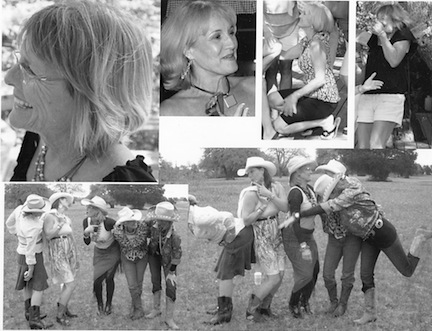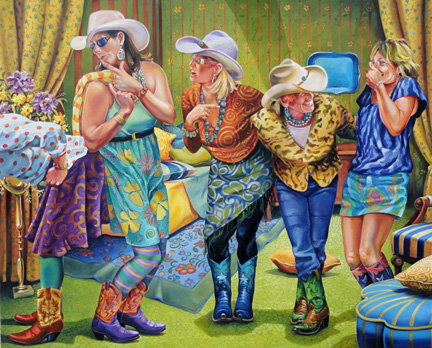-
What Is Transformative Art?
-
-
Jill Pankey, MFA
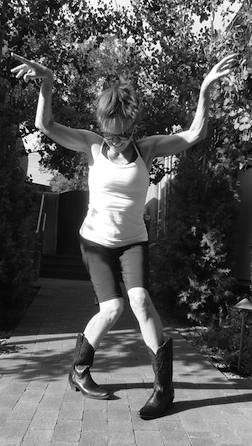 -
-
-
-
-
Jill Pankey considers her art work as transformative art Legal Definitions
Fair Use
-
The legal term for a work that uses another work properly is "fair use." To qualify as fair use, it must be demonstrated that there was no attempt to supersede the work being used. For example, a thesis analyzing a novel may quote long sections of the novel for the purpose of demonstrating the author's point would be considered fair use. Inserting the novel as an appendix to the thesis, however, would not be seen as fair use, as it infringes on the author's copyright.
Originality
-
For a work to be considered transformative instead of derivative, it must demonstrate originality under the law. Minor revisions, annotations or other cosmetic alterations to the work do not qualify as originality; the work must be unique to the author, using only elements of other copyrights. The court generally defines this as "distinguishable variation" between the two works. In other words, the works must be obviously substantially different for the change to be considered transformative under law.
-
Reference: http://www.ehow.com/about_6626059_transformative-vs_-derivative-copyright-law.html
(Also, see link to transformative art)
-
- Jill is inspired by her surroundings, photography, drawings, nature, friends, events or graphic designs as a resource for creatingt oil paintings or graphite drawings. A few years ago Jill's brother passed away and he left Jill his cowboy boots. Western boots became a common theme in Jill's paintings as a tribute to her brother. She also donates many works of art to charitble organizations each year. Jill's art is currently shown in galleries in Austin, Texas, Santa Fe, New Mexico, Tucson, Arizona, San Diego, California, and Oklahoma City, Oklahoma. Pankey is inspired by photographers such as Allen Ivy, Howard Schatz and painters such as Robert Heindel, Jenny Saville, Xenia Housner, and Paul Wright.
-
-
-
EXAMPLE OF JILL'S TRANSFORMATIVE ART

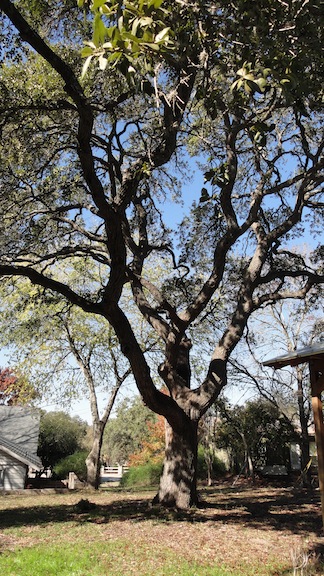
-
Painting by Jill Pankey - Photography by Bob Pankey
-
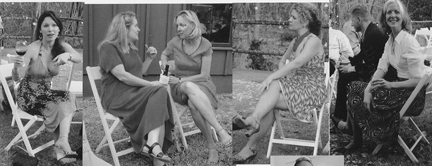
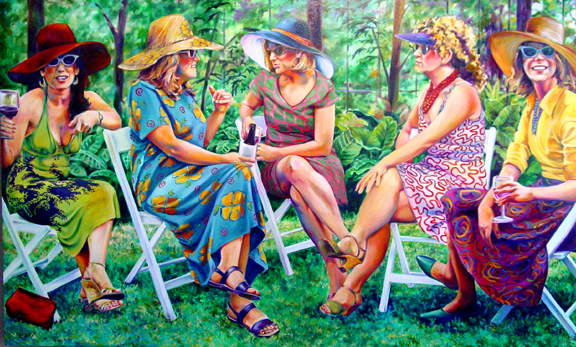
Two Photos by Jill Pankey - The Wedding Watchers -- A Transformative Oil Painting by Jill Pankey -40 x 60 inch Oil on Canvas -Titled: The Wedding Watchers
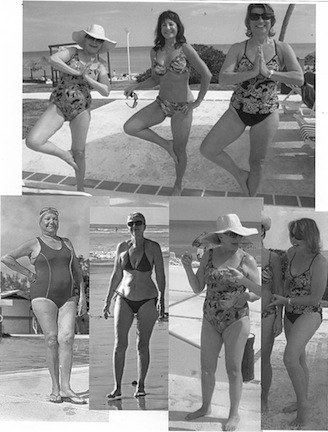
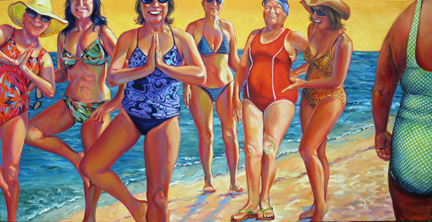
Photos by Jill Pankey 3 x 5 inch - Babes on the Beach --- A Transformative Painting by Jill pankey - 36 x 60 inch Oil on Canvas Titled: Babes on the Beach
